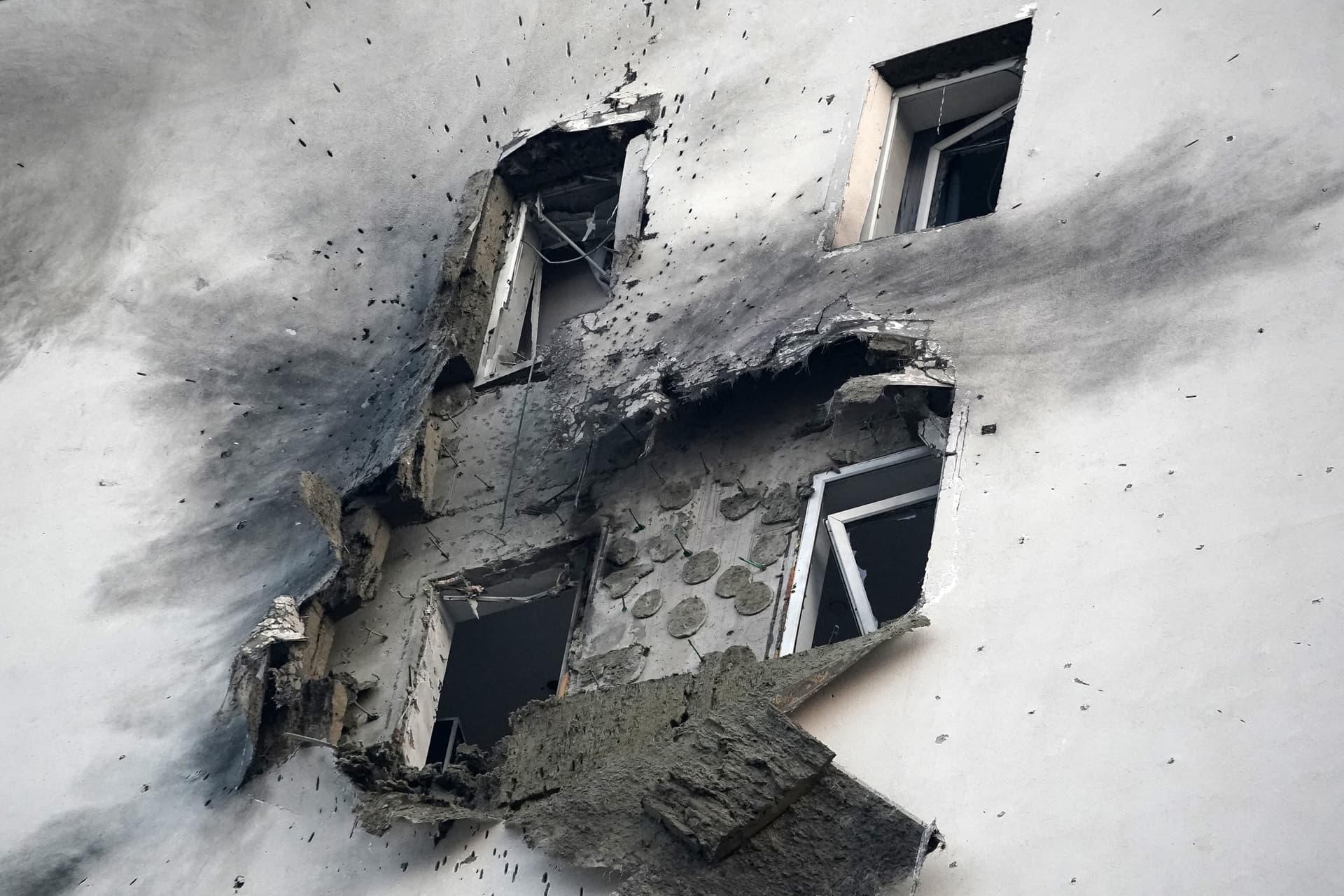Russia Says It Downed 33 Ukrainian Drones, Airports Suspended
Russian authorities said that air defences intercepted 33 Ukrainian drones overnight on November 21, 2025, prompting temporary suspension of operations at at least eight airports and localized civilian disruptions. The strikes and the reported destruction of naval drones carry implications for regional aviation safety, shipping risks over the Black Sea, and potential pressure on insurance and defence budgets.

Russian officials said on November 21, 2025 that their air defences had intercepted and destroyed 33 Ukrainian drones overnight over five Russian regions, including Crimea and areas above the Black Sea. The ministry of defence also reported the destruction of naval drones in related operations. The aviation watchdog said at least eight Russian airports temporarily suspended operations as a result of the raids.
Local authorities in the Krasnodar region reported some damage to infrastructure and two people wounded. Schools and kindergartens were temporarily closed in localities that officials said were affected by the overnight activity. Details on the identities of the wounded or the extent of infrastructure damage were not released beyond the initial local statements.
The immediate operational impact was concentrated in civil aviation. Temporary suspensions at eight airports created risks for passenger and cargo movements in a part of the world where air links underpin regional business and tourism. Beyond the direct disruption to schedules, such interruptions often translate into additional costs for airlines through delays, rerouting and the need to reposition aircraft and crews. Those costs can feed through into higher fares and higher operating expenses for carriers servicing the region.
The involvement of the Black Sea in the reported operations adds an economic dimension beyond aviation. The Black Sea is a major artery for maritime commerce including energy and agricultural shipments. Military activity that raises the risk profile of the waterway can put upward pressure on marine insurance premiums and freight rates. Insurers and shipping firms typically price in heightened risk through higher premiums and surcharges, which increase costs for exporters and importers and can amplify volatility in commodity markets.
At a policy level the incident reinforces a longer term shift toward the expanding use of unmanned systems by both state and non state actors. The combination of aerial and naval drones in this episode highlights the widening domain of drone capabilities and the resulting demand for layered countermeasures. Governments facing repeated incursions are likely to accelerate procurement of air defence systems and electronic counter measures, allocate more budgetary resources to hardening critical infrastructure, and consider stricter aviation airspace controls.
For regional economies such as Krasnodar, short term disruption to schools and local services compounds economic stress. Recurrent drone activity can deter tourism, complicate agricultural logistics during harvest seasons and raise the cost of doing business. Over time, sustained pressure could shift investment decisions and raise the share of public spending devoted to security rather than social services.
The Russian ministry did not provide independent verification of all claims and international observers were not cited in initial statements. The episode nonetheless fits into a pattern of increasingly contested airspace and maritime zones where civilian life and commerce are at growing risk from military grade unmanned systems. Market participants will be watching for further disruptions, announcements on airport operations and any shifts in freight and insurance pricing that reflect elevated perceived risk in the Black Sea region.


